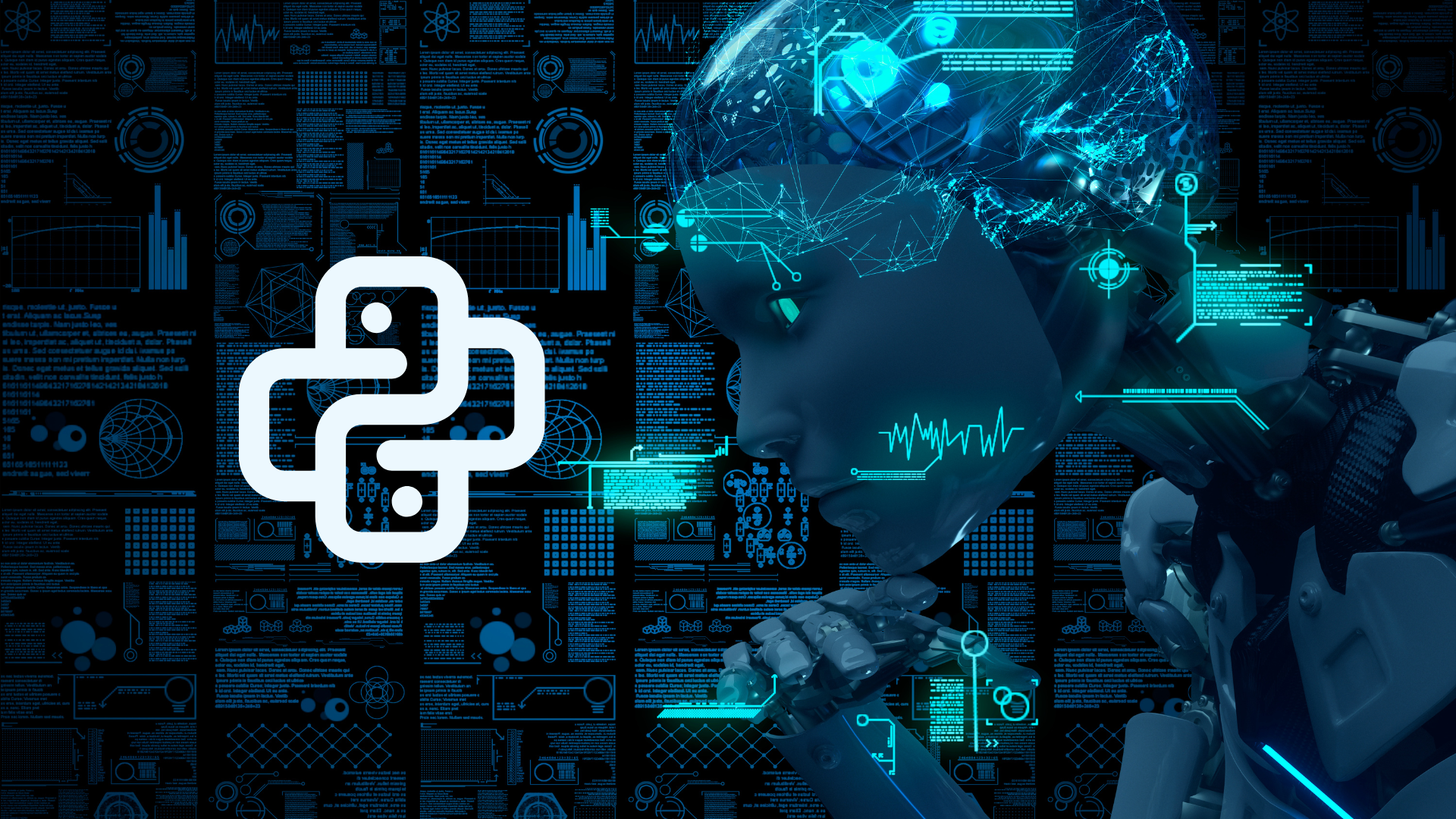In our article about the Design Thinking Playbook: The Highlights (1) we covered the Design Thinking Process. In the observation phase, we stressed the importance of digging deep to find the hidden needs in interviews, being curious, and connecting to people while doing research. But in an increasingly data-driven world, where most of the knowledge can be uncovered without actually talking to people; why is it still important to get personal?
The cultural context
Although companies are becoming proficient in collecting data about consumers, one distinct advantage that we have over machines is our cultural knowledge. Cultural knowledge and cultural context allow us to see beyond numbers when looking for meaning, it provides us a holistic perspective of the world. The importance of cultural context is a growing subject in the discussion about the data collection of consumers. Understanding cultural context is also one of the key elements when doing human-centered design, where applied ethnography – a research method adopted from cultural anthropology – is an important part.
Sensemaking as a method
Perhaps one of the most rebellious publications of the importance of cultural context is the book Sensemaking: The Power of the Humanities in the Age of the Algorithm by Christian Madsbjerg. The author argues against the focus on big data and explains the methods of Sensemaking as a process by which companies can gain wisdom through examining cultural knowledge. Sensemaking understands that humans should be defined by cultural context, people’s stories, art, philosophy, and history. Having large subsets of data does not provide us with the full image of the consumer.
As an example, the author describes the case of the automobile brand Ford, when they wanted to overhaul their luxury Lincoln automobile range. Although they had purchase data available, they conducted qualitative interviews with not only the driver of their cars but also the sisters, brothers, wives, and husbands to uncover the real sense of who they are and their motivations. They discovered that the focus on engineering and technical specs left customers cold since the driving experience was just a small part of their overall experience. Instead, they learned that luxury product ownership was a form of self-expression. Consequently, this led to the incorporation of luxury elements throughout the product development and creation of the user experience.
The author describes five key elements of Sensemaking. Firstly, that we as humans are characterized by cultural context and are not just individual personalities. Secondly, we should look at thick data to establish what is important in a culture. Thirdly, we should pay attention to social contexts, as human behaviour is best understood that way. Fourthly, insights can be gained not just through strict logical processes but also through immersion, hypothesizing, and intuition. And finally, we shouldn’t get insights from data alone but should attune ourselves to the world.**
Big data, thick data and the sweet spot
The parts we find significant in a culture can also be called thick data and the term has been popularized by the technology ethnographer Tricia Wang. She asked the question “Why is having more data not helping us make better decisions?” and found the answer in companies ignoring data that cannot be quantified, the Thick Data.
While Big Data is quantitative data at a large scale and primarily revolves around new technologies that are capturing, storing, and analyzing, Wang explains that “Thick Data is data brought to light using qualitative, ethnographic research methods that uncover people’s emotions, stories, and models of their world”. To understand people, we should understand their context, because new unpredictable factors emerge all the time. While big data provides the systemic view and cumulative experience, thick data zooms it in on an individual or group level.
Although companies may have different approaches in their research processes, it should not be about choosing one over the other. The blending of both is where you find the sweet spot and the complete picture. While big data shows us the overall patterns at scale, thick data helps to add context by asking why and provides us with human-centered patterns. Combining approaches are necessary for understanding consumers and can provide value when doing human-centered design or involving in human-centered policymaking.
READ: Sensemaking: The Power of Humanities in the Age of Algorithm









